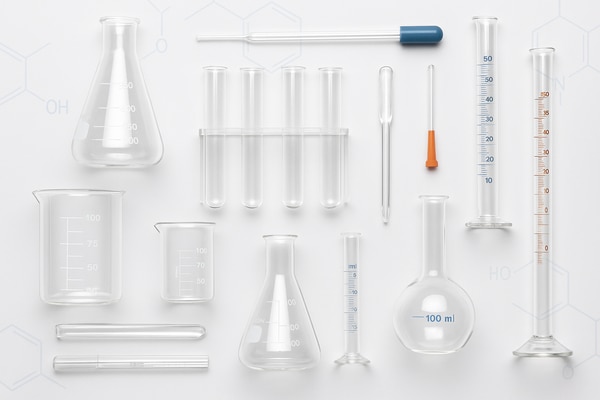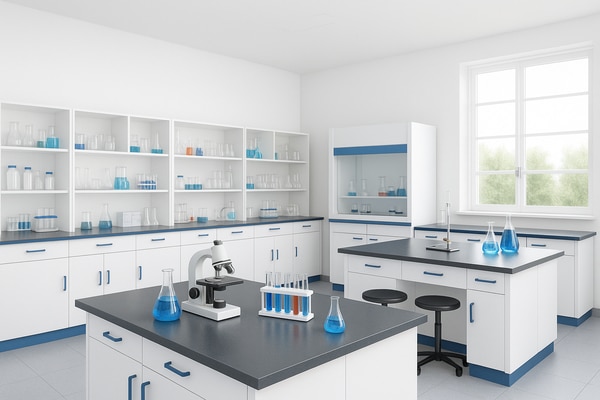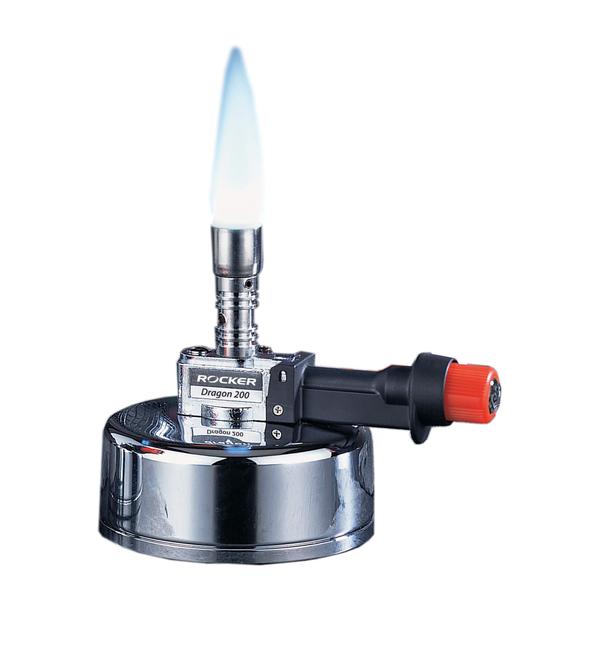Description
Product details
A Binocular Microscope refers to any microscope with two eyepieces. Compound or high power microscopes typically have two eyepieces which view images through a single high-power objective lens. The image presented to each eye is a flat, 2-dimensional 'mono' image. It is therefore also possible to have single eyepiece compound microscopes, which are typically very low cost systems used for educational purposes. Optical Components of Binocular Microscope: There are two optical systems in a compound microscope: Eyepiece Lenses and Objective Lenses: Eyepiece or Ocular is what you look through at the top of the microscope. Typically, standard eyepieces have a magnifying power of 10x. Optional eyepieces of varying powers are available, typically from 5x-30x. Eyepiece Tube holds the eyepieces in place above the objective lens. Binocular microscope heads typically incorporate a diopter adjustment ring that allows for the possible inconsistencies of our eyesight in one or both eyes. The monocular (single eye usage) microscope does not need a diopter. Binocular microscopes also swivel (Interpupillary Adjustment) to allow for different distances between the eyes of different individuals. Objective Lenses are the primary optical lenses on a microscope. They range from 4x-100x and typically, include, three, four or five on lens on most microscopes. Objectives can be forward or rear-facing. Nosepiece houses the objectives. The objectives are exposed and are mounted on a rotating turret so that different objectives can be conveniently selected. Standard objectives include 4x, 10x, 40x and 100x although different power objectives are available. Coarse and Fine Focus knobs are used to focus the microscope. Increasingly, they are coaxial knobs - that is to say they are built on the same axis with the fine focus knob on the outside. Coaxial focus knobs are more convenient since the viewer does not have to grope for a different knob. Stage is where the specimen to be viewed is placed. A mechanical stage is used when working at higher magnifications where delicate movements of the specimen slide are required. Stage Clips are used when there is no mechanical stage. The viewer is required to move the slide manually to view different sections of the specimen. Aperture is the hole in the stage through which the base (transmitted) light reaches the stage. Illuminator is the light source for a microscope, typically located in the base of the microscope. Most light microscopes use low voltage, halogen bulbs with continuous variable lighting control located within the base. Condenser is used to collect and focus the light from the illuminator on to the specimen. It is located under the stage often in conjunction with an iris diaphragm. Iris Diaphragm controls the amount of light reaching the specimen. It is located above the condenser and below the stage. Most high quality microscopes include an Abbe condenser with an iris diaphragm. Combined, they control both the focus and quantity of light applied to the specimen. Condenser Focus Knob moves the condenser up or down to control the lighting focus on the specimen. Microscope, Binocular microscope






